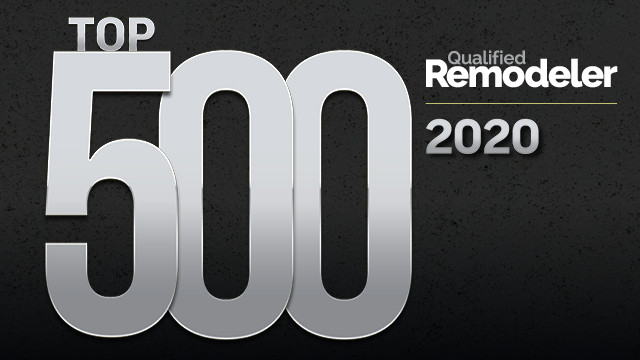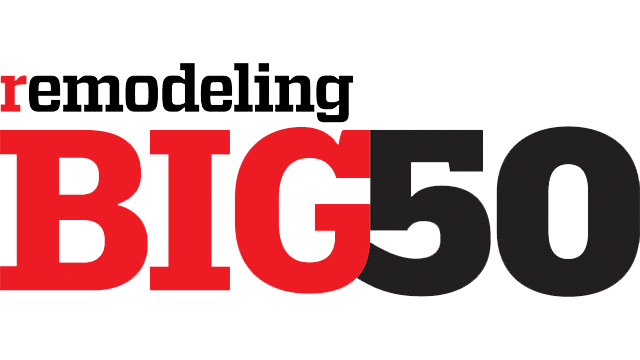Call Us Today
Cabinet Construction Basics
Over the years here at Westside, we’ve found that our clients have a wide variety of preferences when it comes to the interior styling of their homes. It’s our pleasure to work hand-in-hand with all of you to find just the right look that you envision for your home. Cabinets constitute a major portion of the design of any kitchen or bath, thereby greatly influencing the appearance of the room. To help you as you are making decisions regarding your cabinetry, we offer this basic information on cabinet construction.
METHODS OF CABINET CONSTRUCTION
I. Framed cabinetry (also known as Face Frame) is the traditional construction method used for cabinets in the United States. Framed cabinetry is constructed in much the same manner as traditional furniture. A frame that resembles a flat, empty picture frame is attached to the face of the cabinet box, giving it structural rigidity. The pieces of the frame are usually 3/4″ thick by 1-1/2″ wide. The cabinet doors are hinged to the frame. Drawer width is limited to the dimensions of the face frame opening, so a certain amount of the cabinet box is not accessible.
With framed cabinetry, the cabinet doors or drawer fronts may be inset, or they may overlay the face frame, with varying amounts of the face frame showing, depending on the size of the door or the drawer front.
Inset cabinet doors were the standard for kitchen cabinetry in the 1900s. The doors and drawer faces are flush with the cabinet face frame, fitted in a precisely-sized opening. Hinges are mounted to the face frame and are often visible when the cabinet door is closed. This method produces beautiful cabinetry with a traditional feel, but it tends to be more expensive because of the precision required.
Overlay cabinet doors (also called Reveal) are mounted over the face frame, completely covering the opening, as well as a portion or even all of the frame. Because of the face frame, this method also limits the amount of accessible space inside the cabinet. There are two types:
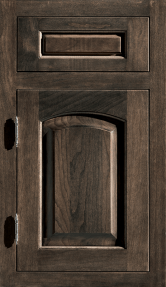
Inset
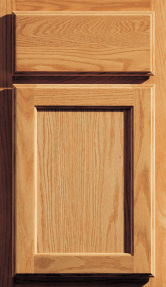
Partial Overlay
Partial Overlay doors fit over the face frame, covering the cabinet box opening, but revealing part of the frame. This method uses less material, so it tends to be less expensive. For aesthetic reasons, avoid partial overlay construction that includes wide expanses of visible face frame, since the doors and drawers may appear to be dotting the surface, rather than defining it.
Full Overlay doors are larger and completely cover the face frame, resulting in a sleek look. This construction gives the seamless appearance of a Frameless cabinet, but the face frame still limits cabinet accessibility.
II. Frameless cabinetry (also known as European style or Full Access) consist of 3/4″ thick panels that are doweled, glued, then case-clamped together to form a box. The doors are secured directly to the sides of the cabinet box with hidden hinges. The doors are Full Overlay, which means they cover the entire box. This gives them a smooth look that fits well in a contemporary style kitchen. Special hinges allow the doors to open without hitting adjacent doors and drawers. These cabinets are often called “full access” because there are no obstructions blocking use of the interior. The drawer box is typically wider and deeper than that of a framed cabinet.
CABINET FACE CONSTRUCTION
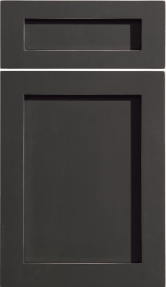
Full Overlay
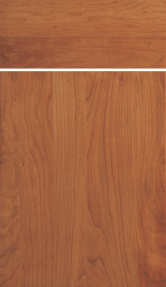
Slab
Cabinet faces can be made of solid wood, or an engineered sheet material like plywood, MDF or a combination of these. Cabinet faces with raised or flat panels are generally made from milled wood that is pieced together with square or mitered corners around a center panel. With Raised Panels, the center panel of the door or drawer face is raised with a profile or contour, whereas with Flat Panels the center panel is flat. The appearance of a paneled cabinet face may be achieved with an engineered sheet material that is routed.
When the cabinet face is completely flat it is called a Slab door or drawer face. It is usually constructed of a sheet material overlaid with a premium wood veneer, a manufactured veneer like Melamine, or a veneer surface that will be painted, like maple, poplar or MDF. Veneer is a thin material glued under pressure onto a thicker substrate. The high gloss Euro-style cabinets are either painted with a high-gloss lacquer, or are constructed of high-gloss laminates, acrylic or a combination of methods.
We invite you to visit our Westside showroom and view our cabinet displays for the three lines of cabinetry we offer. Our in-house designers will be happy to answer any additional questions you may have.
(photos courtesy of DuraSupreme)
Transform Your Conejo Valley Home with Westside Remodeling
Book your free design consultation today and experience Westside’s award-winning service.
CONTACT INFO
Phone: 805-499-4121
HOURS
Showroom Visits By Appointment



